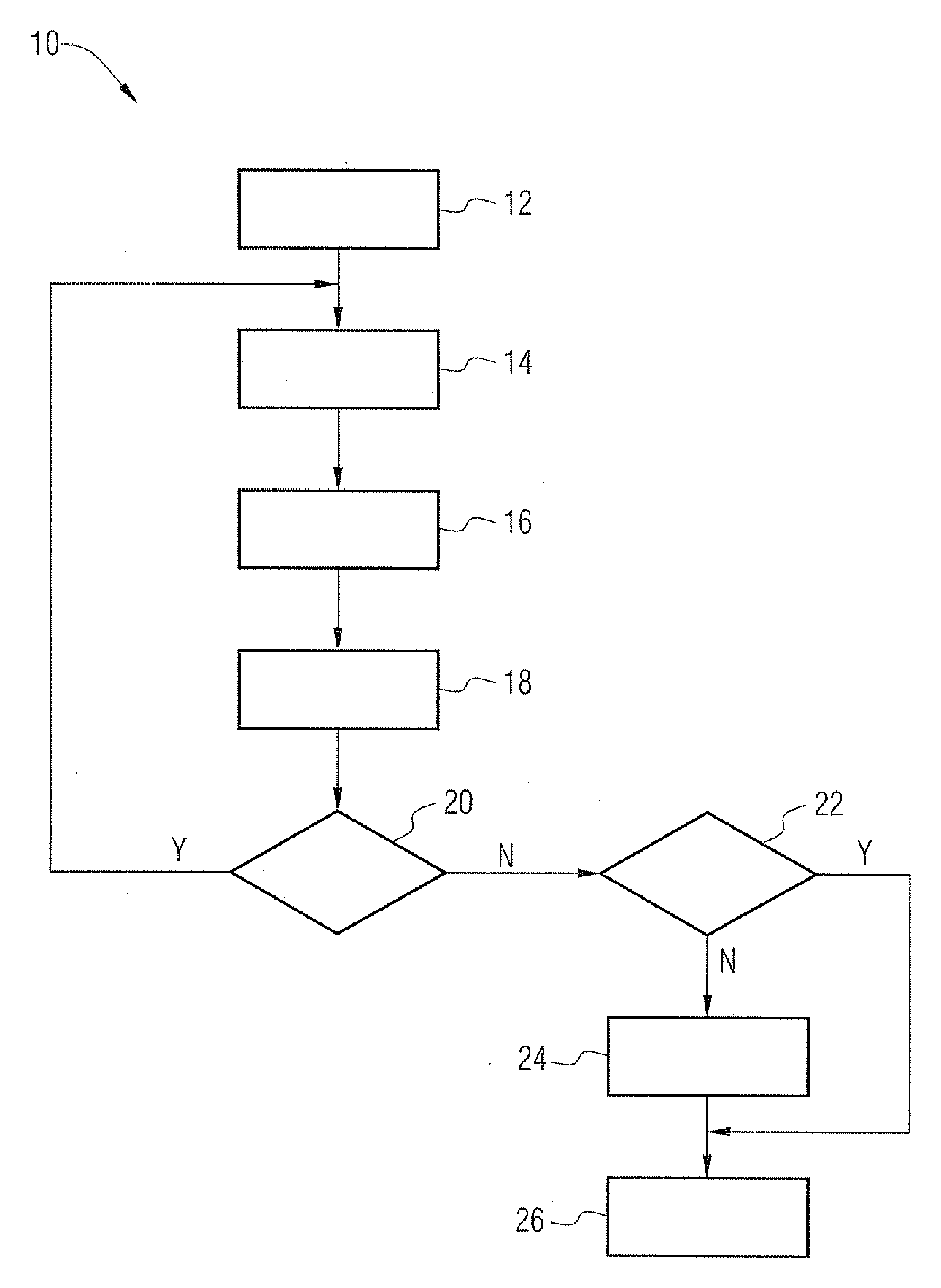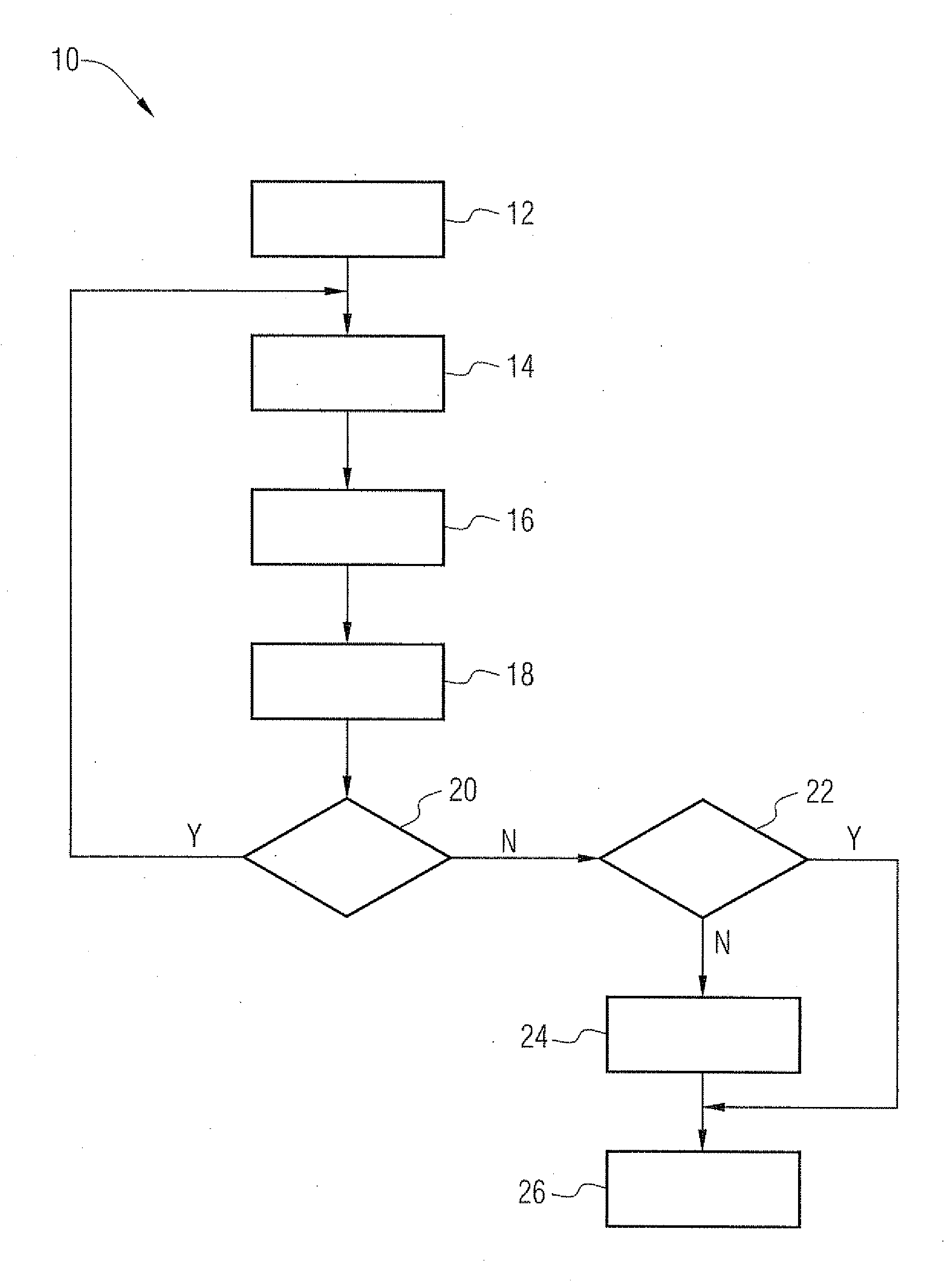System and method for identifying oppotunities for refactoring in an object-oriented program
- Summary
- Abstract
- Description
- Claims
- Application Information
AI Technical Summary
Benefits of technology
Problems solved by technology
Method used
Image
Examples
example 1
[0050]For the sample program represented as program 1 below, the proposed method works as follows:
Program 1class ClassA { public int attributeA1; public int attributeA2; public int attributeA3; private ClassB b; public ClassA( ){ b = new ClassB( ); } public void methodA1( ) { attributeA1=0; methodA2( ); } public void methodA2( ) { b.attributeB1 = 0; b.attributeB2 = 0; b.methodB2( ); } public void methodA3( ) { attributeA1 = 0; attributeA2 = 0; methodA1( ); methodA2( ); }}class ClassB { public int attributeB1; public int attributeB2; private ClassA a; public ClassB( ){ a = new ClassA( ); } public void methodB1( ) { a.attributeA1 = 0; a.attributeA2 = attributeB1; a.attributeA2 = 0; a.attributeA3 = 0; a.methodA1( ); } public void methodB2( ) { attributeB1 = 0; attributeB2 = a.attributeA3; } public void methodB3( ) { attributeB1 = a.attributeA3; methodB2( ); }}class ClassC { public int attributeC1; private ClassB b; private ClassA a; public ClassC( ) { a = new Class...
PUM
 Login to View More
Login to View More Abstract
Description
Claims
Application Information
 Login to View More
Login to View More - R&D
- Intellectual Property
- Life Sciences
- Materials
- Tech Scout
- Unparalleled Data Quality
- Higher Quality Content
- 60% Fewer Hallucinations
Browse by: Latest US Patents, China's latest patents, Technical Efficacy Thesaurus, Application Domain, Technology Topic, Popular Technical Reports.
© 2025 PatSnap. All rights reserved.Legal|Privacy policy|Modern Slavery Act Transparency Statement|Sitemap|About US| Contact US: help@patsnap.com


